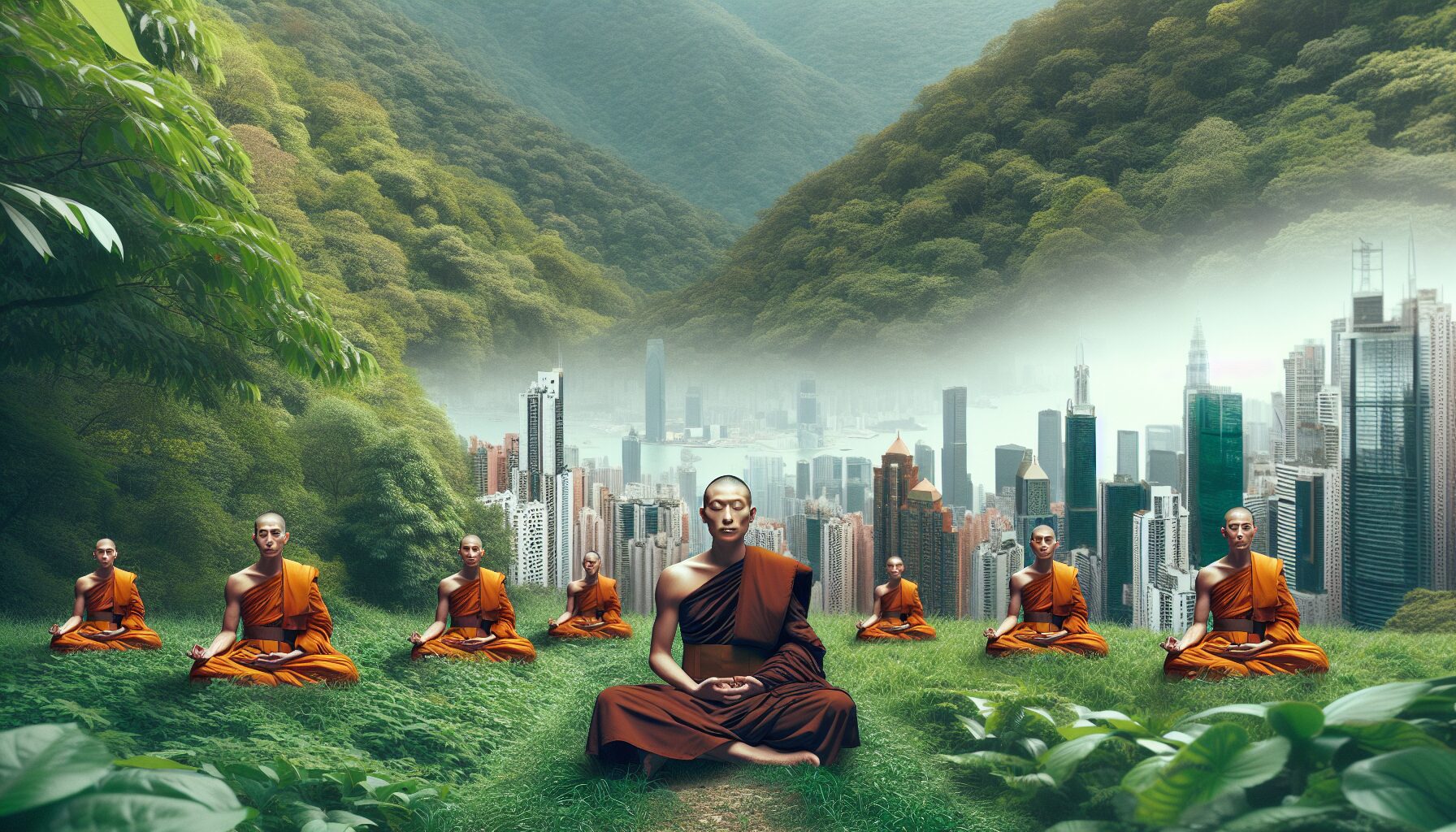The practice of meditation has traversed a fascinating path from the quiet seclusion of forest monks to the dynamic and fast-paced life of urban nomads. This journey reflects a profound shift in how individuals seek mindfulness and connectivity with themselves amid changing environments. Join us as we explore this evolution and its implications for modern-day meditators.
The Roots of Meditation: Forest Monks
Traditionally, meditation has deep roots in the lives of forest monks, particularly within the Buddhist tradition. These monks abandoned the bustle of village life to embrace solitude in nature, striving to deepen their understanding and awareness.
“Forest monks live in simple surroundings where they can train their minds in solitude and quiet, far from the usual distractions of urban life.” – Thanissaro Bhikkhu
These early practitioners believed that separation from worldly distractions would allow them to reach greater spiritual depths and wisdom.
Meditation Meets the Modern World: Urban Nomads
Contrast this with today’s urban nomads, who often practice meditation amidst the very distractions that forest monks sought to avoid. Urban environments with their inherent chaos and sensory overload offer fertile ground for contemporary meditators to challenge their focus and inner peace.
Embracing Technological Aids
- Meditation Apps: Tools like Headspace and Calm provide guided meditations to help users find tranquility in the urban bustle.
- Online Communities: Social platforms and forums offer spaces for sharing experiences and advice, bringing the solitary pursuit of meditation into shared, communal experiences.
- Virtual Retreats: These retreats offer a way to disconnect from the social sphere while staying physically present in one’s surroundings.
The Urban Meditation Experience
For urban nomads, meditation becomes a tool for navigating daily stresses and a means of connecting with one’s transient environment. It is about finding inner peace amidst the chaos, challenging the notion that enlightenment requires physical isolation.
“Meditation is not about getting rid of thoughts, but learning to observe them without getting caught up in their stories.” – Sharon Salzberg, Real Happiness
The New Era of Meditation
The shift from forest monks to urban nomads does not represent a loss of purity or purpose in meditation but an adaptation to the needs of contemporary life. As we embrace the complexities of modern living, meditation becomes an invaluable resource, a guiding light through the cacophony of modern existence.
